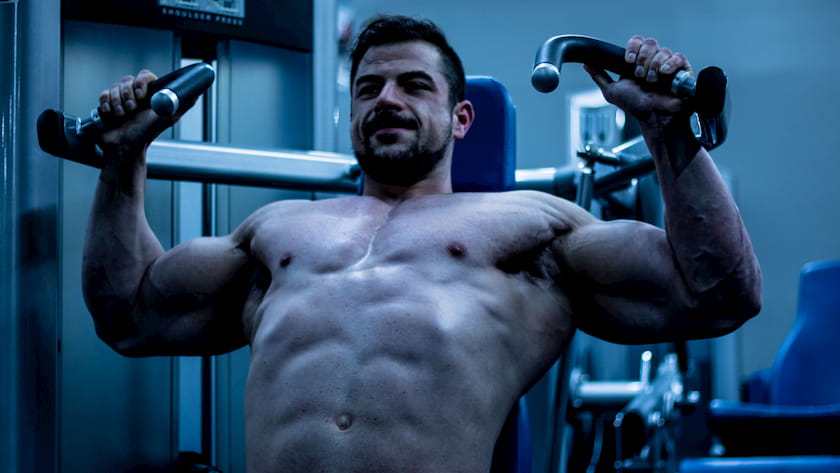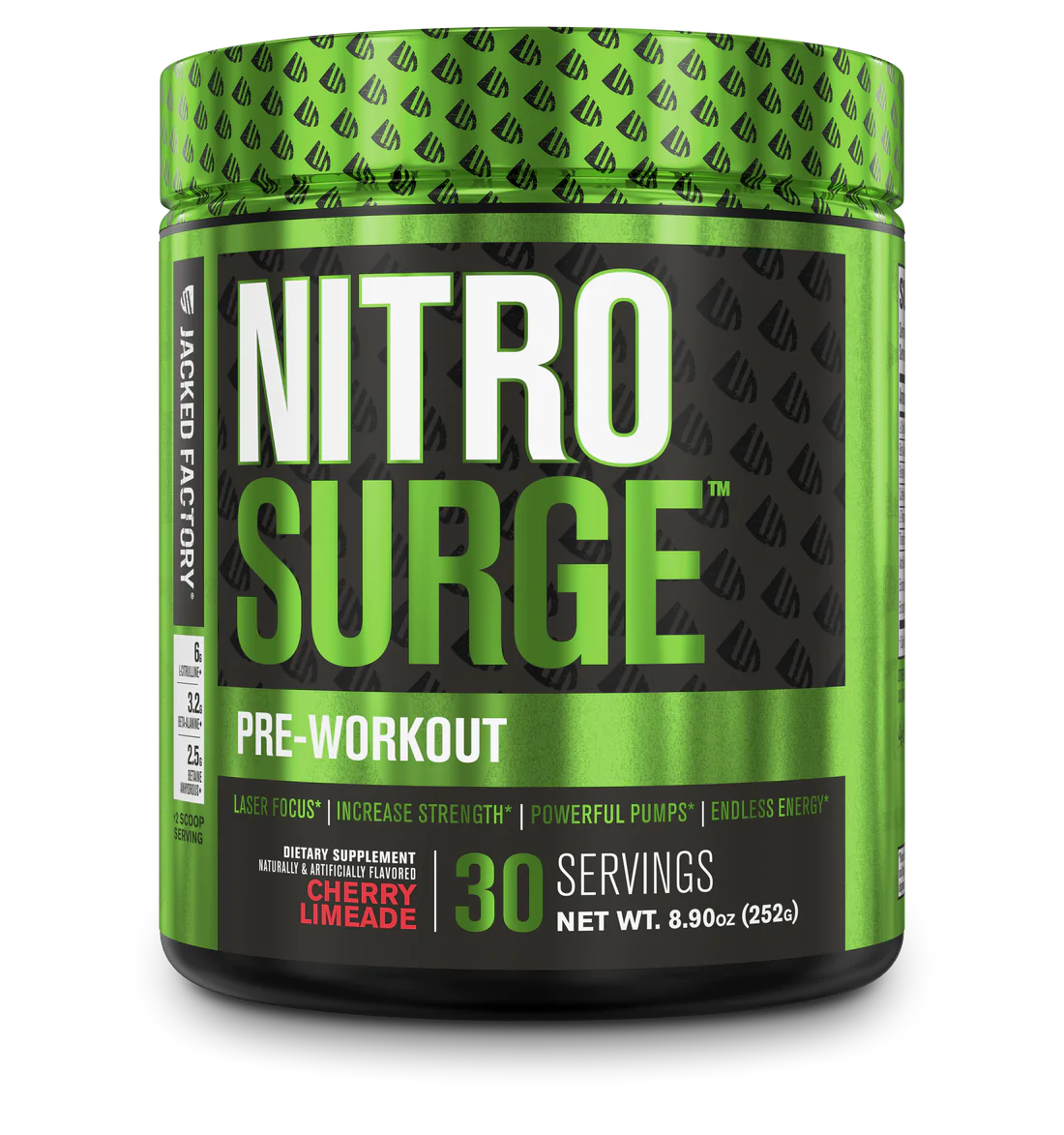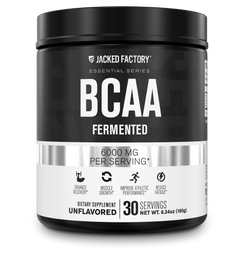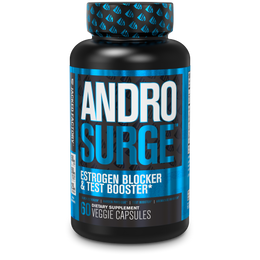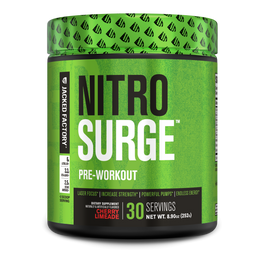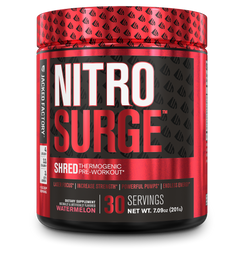There is a myth among bodybuilding circles that simultaneously building muscle while losing fat is impossible. This article offers valuable insight on how to make your body a fat burning, muscle building machine. It’s not BroScience, just a scientific approach to rapidly transforming your body.
Let’s face it: who doesn’t want to build muscle and lose fat at the same time?
The Typical Bulking and Cutting Approach
The typical bodybuilding mentality is that the winter and fall months are “bulking season”: a time to aggressively gain weight by increasing calorie intake. The side effect of bulking season is that most people end up packing on some unwanted insulation in the form of fat.
Then, spring rolls around and “cutting season” begins: trying to cut as much body fat as possible by following a bodybuilding cutting diet, which usually results in sacrificing significant strength and lean muscle gains.
How to Gain Muscle and Burn Fat at the Same Time
But what if you want to gain muscle and burn fat at the same time? How do some athletes and bodybuilders always seem to stay so lean while steadily packing on lean muscle mass? Although gaining lean muscle mass while burning fat is tricky, it is possible with a scientific approach to dieting and training.
This article will decipher the blueprint to gaining muscle and losing fat, and provide you with the information necessary for optimal body transformation.
Burning fat and building muscle simultaneously is not an easy task
Let’s first preface this with a warning. This is not an easy task and will require you to be very precise with your diet and training. Attention to small details and specifics are necessary for this to work effectively.
Why is it so difficult to build muscle and burn fat? It comes down to the theory of “protein synthesis.” Consider that under most conditions, lean muscle mass is fairly stable and does not fluctuate greatly. The average person does not lose or gain lean muscle mass very easily but will remain static.
So how do we build muscle? By damaging muscle cells through resistance training. The more intense the training and the more overload placed on our body, the more cellular muscle damage we cause. Damaging the muscle fibers is the first stage of growth, but a lot has to happen after as well.
The process of creating this damage signals your body to initiate and accelerate the process of protein synthesis. Your body recognizes that muscle fibers are damaged, and protein synthesis is what must occur to repair and rebuild the damage.
The real kicker for muscle growth is that your body is a fine piece of machinery, and to better prepare itself for future metabolic stress, it adapts by adding cells to the muscle fibers which makes them bigger and stronger.
The process of building lean muscle mass requires protein synthesis to exceed protein breakdown in each 24 hour period.
What does this have to do with losing body fat as well? This is where it gets tricky. The concept of “eating big to get big” isn’t rocket science and is what most athletes practice during a bulking season or a period when they don’t care about adding body fat but are simply trying to get huge.
Achieving optimal body composition also means reducing body fat, which requires you to enter a calorie deficit. A calorie deficit simply means that your body is burning more calories than you are consuming.
If you do not enter a calorie deficit it will be impossible to shed body fat. It’s as simple as that. However, there are a few negative results that affect muscle growth that will occur while in a calorie deficit:
- A calorie deficit will reduce your body’s production of anabolic hormones such as testosterone.
- Calorie deficits also decrease your protein synthesis, which makes it difficult to build lean muscle mass.
With that being said, how can you build muscle and burn fat at the same time?
The candidates for building muscle and burning fat simultaneously
The group of people that will have the hardest time achieving this goal will be the advanced lifters who have been training very frequently for a long time and have already gained 90% or more of their natural genetic potential in terms of lean muscle gains.
The good news is that very few lifters fall into this category, and most people require 10+ years of dedicated training to reach the 90%+ level of genetic potential.
For those of you who are new to weight lifting and have been training for a few years or less, you are an ideal candidate to achieve incredible body transformation changes.
The ability to build muscle and burn fat simultaneously has been proven in clinical research and has been achieved by both men and women.
How to Build Muscle and Burn Fat
It’s important to remember that this doesn’t come easy, regardless of what category you may fall into. Gaining lean muscle mass is also slower on a body re-composition than on a traditional bulk due to the challenges associated with protein synthesis while in a caloric deficit.
1. Have a caloric deficit of 20% or less
Make sure that your caloric deficit is no more than 20%. Any greater and protein synthesis will be negatively affected, causing the body to begin to lose muscle mass.
Here is a good rule of thumb for roughly how many calories to consume in a 20% deficit:
- 1 gram of lean protein per pound of body weight
- 1 gram of carbohydrate per pound of body weight
- 0.2 grams of fat per pound of body weight
Keep in mind that while many lifters would assume that they should eliminate carbohydrates altogether, that pesky little issue of steadily building lean muscle mass requires you to never neglect carbohydrates. Insulin, which is released after consuming carbs, helps prevent protein breakdown.
Carbohydrates will also replenish your muscle glycogen, allowing you to keep training intensity at a high level. Most importantly, carbohydrate consumption has been shown to boost strength during heavy resistance training workouts. Your muscles need glycogen to train at peak intensity, which is an important factor for this transformation to work effectively.
2. Track calories
Carefully tracking calorie intake is the best way to ensure hitting your target. Reference the last section for guideline recommendations for a 20% calorie deficit.
It’s up to you to consume the right foods. We strongly recommend consuming high-quality forms of protein, complex carbohydrates, and healthy fats. It’s also important to take in a good amount of vitamins and minerals to help your body operate optimally while being physically taxed through a calorie deficit and intense workouts.
- Lean Proteins: Eggs, fish, skinless chicken, lean grass-fed beef, lean turkey
- Carbohydrates: Beans, legumes, whole grains, oatmeal, fruits, vegetables, yams, brown rice, quinoa, lentils
- Healthy Fats: Fish oil, coconut oil, olive oil, nuts, seeds, nut butter, avocado, flax seed oil, borage oil
3. Focus on compound exercises
Make compound exercises the main component of your workout. Heavy compound exercises place the most overload on your body’s largest and strongest muscle groups, which is precisely what you want when trying to pack on muscle mass.
The best muscle building compound exercises are the bench press, squat, deadlift, weighted pull-up, weighted dip, barbell row, and military press.
Ten to fifteen heavy sets per workout of these compound exercises are the majority of what is needed for hypertrophy to occur.
4. Use high-intensity interval training for cardio
Time to run some sprints! High-intensity interval training is the perfect form of cardio to achieve your body composition goal of building muscle and burning fat.
High-intensity interval training burns significantly more fat than regular cardio. This has been proven numerous times and is a FACT!
Another powerful side effect of running sprints or performing any kind of high-intensity interval training is that it increases human growth hormone (HGH) output, which is a powerful muscle-building hormone.
Performing 2-3 HIIT sessions per week for as little as 20 minutes per workout will be all you need to blast away fat while preserving lean muscle mass.
Not sold on the amazing “get shredded” effects of sprinting and HIIT? Just check out the insane physiques of collegiate athletes and Olympic sprinters!
5. Make sure to get enough sleep
Sleep is vital for repairing muscle tissue and increasing hormone production. Sleep deprivation can cause muscle loss, so aim for 8-10 hours per night when training intensely.
Another negative aspect of inadequate sleep is that it has been shown to decrease levels of HGH and IGF-1, which are two powerful muscle building and fat burning hormones! Keeping your anabolic hormones at optimal levels is crucial.
6. Use a creatine supplement
Last but not least, take a creatine supplement in order to increase the energy output of your muscle fibers. Creatine helps to improve strength and build muscle when in a calorie deficit.
Happy training!
